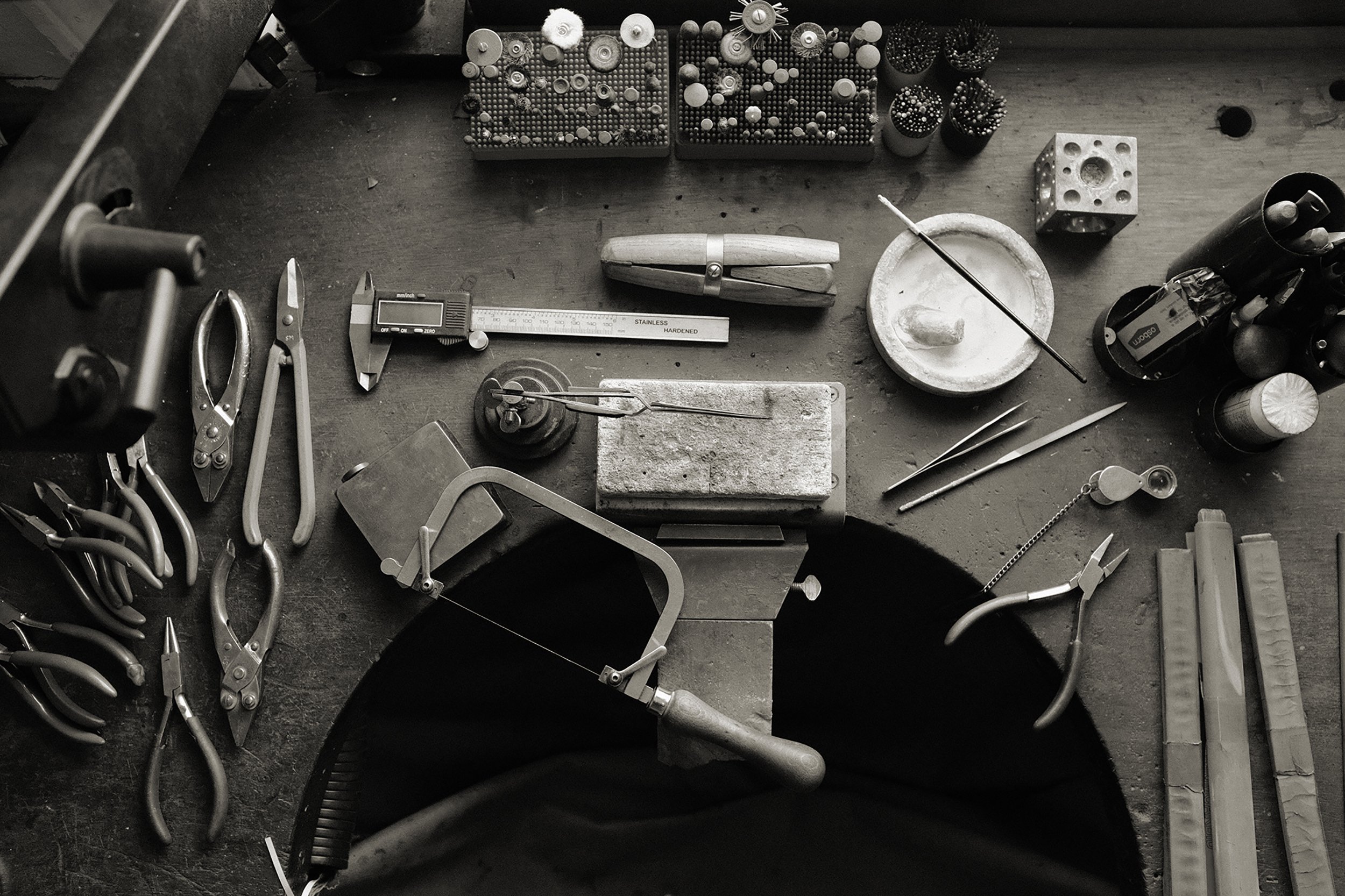Why Don’t My Rings Fit? Sizing Issues Explained.
Ever slipped a ring on your finger in the morning only to find it uncomfortably tight by the afternoon? Or you wake up and your rings are so tight they are cutting in but by lunch time they are loose? Or perhaps a ring that fit perfectly yesterday is now sliding off with ease. Have you ever been sized at a jewellers, then ordered a ring and on collection it doesn’t fit? Or you had a ring professionally resized and now it isn’t right? You’re not alone. Many people experience fluctuating finger sizes without realising the reasons behind it. In this post, we’ll break down the most common causes of ring sizing issues and what you can do about them.
1. Finger Size Fluctuates Naturally
One of the biggest surprises for ring wearers is how often our fingers change size throughout the day and across seasons and even cities.
Temperature: Warm weather causes fingers to swell due to increased blood flow and fluid retention. Cold weather can make them shrink.
Time of Day: Fingers are typically smaller in the morning and swell slightly by evening but this can vary from person to person health issues influencing this as well.
Location: Cities can be more humid, have higher pollution and have higher temperatures stored up in concrete and glass buildings which can make fingers swell. Coastal or country rural areas are generally cooler.
Activity Level: Exercise, long walks, dehydration, salty foods, or even long periods of sitting can cause fluid retention and puffiness in the hands.
2. The Wrong Ring Size to Begin With
Many people are unknowingly wearing rings that weren’t sized properly to start with.
Improper Measurement: Measuring finger size at the wrong time (like after a workout or on a hot day) can lead to inaccurate sizing.
Using Inconsistent Tools: Measuring at home with string, paper, silicone rings or makeshift tools often leads to unreliable results. Likewise using old rings that might be misshapen or have different profiles to gauge the size will have inaccurate results. Different jewellers may also have different types of sizers and may or may not know the profile of the ring you are intending to buy or have resized if it is not one of theirs.
Online Orders Without Sizing Help: Buying rings online without consulting a professional can increase the chance of getting the wrong fit.
International Sizing Scales: Different countries have different scales for measuring rings and sometimes Google conversions or even companies’ attempts at converting these are inaccurate.
3. Ring Design Matters
The way a ring is made can affect how it feels on your finger.
Band Width: Wider bands feel tighter than thinner ones, even in the same size.
Shape: Rings with inner curves (comfort fit, bevelled or courted) feel looser and are easier to slide on and off. Flatter profiles like D-shapes and squarer shaped rings will have tighter fits as they sit closer to the skin.
Style: Depending on the style of the ring you may have additional free space under the head of the ring but in other rings that are low set, cluster or signet the head sits flush to the finger and will feel tighter.
Metal Type: Some metals, like titanium or tungsten, can’t be resized easily, so getting the right fit from the start is crucial otherwise you need to buy new rings in new sizes each time. Silver is soft and may deform quickly altering the fit and feel on your finger whereas higher carat weights in gold or platinum will usually keep their shape.
4. Ring Sizing Will Never Be Perfect
It’s important to understand that ring sizing isn’t an exact science — and that’s okay. The goal is to find the closest fit that works for your lifestyle, comfort, and preferences.
Personal Preference: Some people like their rings snug and secure, while others prefer a looser, more breathable fit. A jeweller can measure you and give you an opinion but ultimately it is your choice which size you choose based on how it feels. A jeweller cannot feel how it fits on your finger.
Different Sizing Tools: Professional ring sizers vary from one jeweller to another. They are typically made from base metals like steel and come in exaggerated shapes — often square-edged or tubular — that don’t fully mimic the feel of a finished ring, especially if the final piece is thinner, wider, heavier, or curved inside.
Fit vs. Feel: A ring might measure correctly but feel too tight or too loose depending on its design or your expectations. Comfort and functionality are just as important as numbers and a feel is subjective to the wearer.
Ultimately, ring sizing is about balancing technical fit with how the ring performs for you day-to-day.
5. Medical Conditions and Medications
Medications and hormonal changes such as those during pregnancy, menopause, or certain treatments like chemotherapy— can cause fluid retention or shifts in circulation or weight changes, often leading to temporary changes in finger size and ring fit. Certain health issues can affect your ring size.
Arthritis: Swollen joints can make it hard to get rings on or off.
Pregnancy: Hormonal changes and fluid retention often cause finger swelling that may or may not go down postpartum.
Medications: Some medicines cause water retention or circulation changes that affect finger sizes.
6. Changes Over Time
Your body changes over time, and so does your ring size.
Weight Fluctuation: Gaining or losing weight affects fingers too. Many people don’t think they can lose or gain weight on their fingers but you’d be surprised!
Aging: As we age, our knuckles may become larger or joints stiffer, impacting how rings fit.
What You Can Do
Get Professionally Sized: Visit a jeweller at different times on different days to get an accurate average.
Resize When Needed: Don’t force a tight ring or risk losing a loose one. Resizing is often simple and worth the effort.
Consider a Ring Adjuster: These small silicone-like coils wrapped around the back of the shank (band) can make a slightly loose ring fit better without permanent alteration.
Be Mindful of Temperature: If your ring feels tight, try cooling your hands or removing the ring during swelling. Some people who fluctuate in seasons like to build a summer ring collection and a winter one so they can wear rings in different sizes throughout the year without constantly having them resized.
Final Thoughts
Firstly, the main thing to remember and understand is no ring will ever fit perfectly 24/7 365 days a year and secondly, different jewellers, companies, countries and ring styles will give different ring size results.
Ring sizing is more complex than it seems at first glance. Whether you're dealing with daily changes or long-term shifts, understanding the factors at play helps you make smarter decisions about your jewellery. A properly fitting ring should be snug but comfortable — sliding on easily and offering a little resistance when coming off. You should be able to turn it at the base of the finger so you can dry your hands properly after washing to avoid contact dermatitis and sores.
And remember: the “perfect” ring size may not exist — but it is about finding the closest fit that feels right for you—and that definitely does exist. Come and see us and we’ll help get you to your right size.
If you liked this article you might find this one helpful, too.








